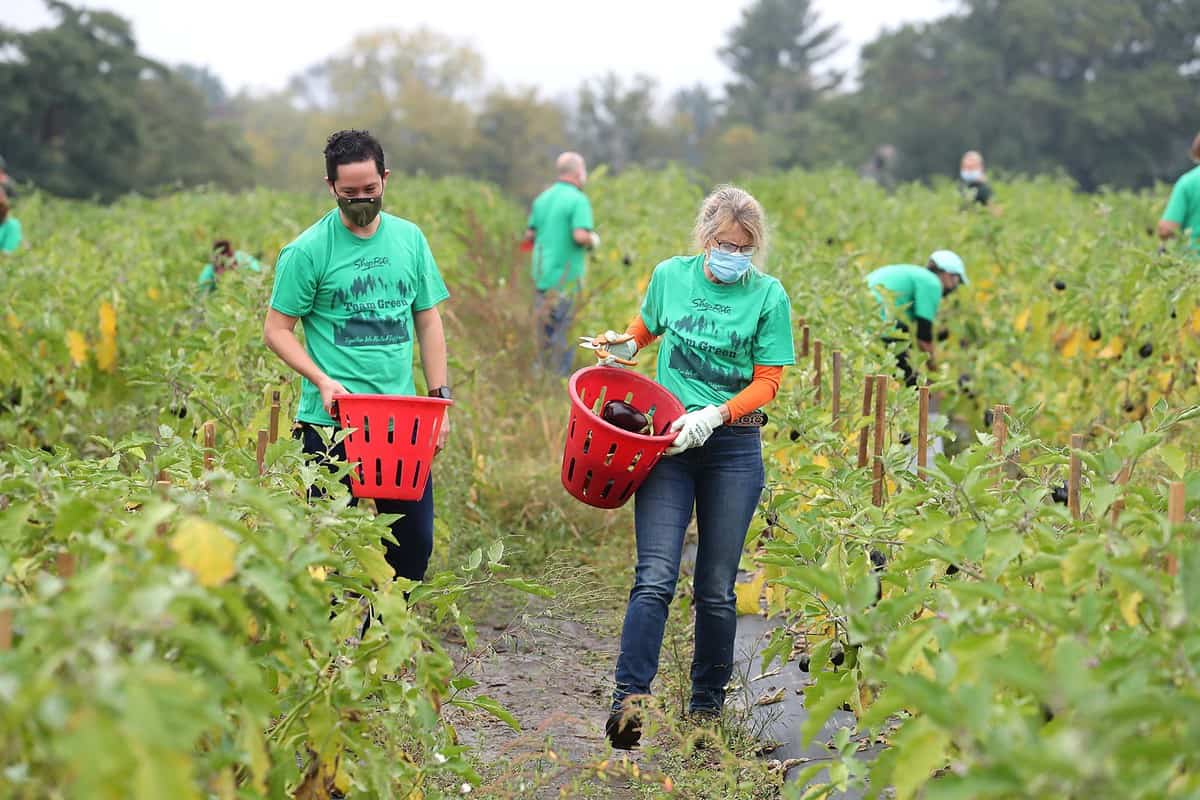By Chip Paillex, President and Founder
Unprecedented times. Those are two words we keep hearing over and over. And they are true. Isolation from loved ones, a sputtering economy, record unemployment, healthcare systems pushed to the brink. And then there is of course food insecurity.
Hunger relief organizations such as food banks, food pantries, and soup kitchens are being tested like never before. As noted in a recent NJ.com editorial, before the pandemic struck 11% of Americans were food insecure. Today, the figure is 23%. And Feeding America just released forecasts due to COVID-19 and they are projecting 17 million MORE Americans will be food insecure as a result of this crisis.
Food banking is much more complicated than most people realize, but there is one basic premise on which food banks operate: you cannot have a food bank without food. And if you ask any hunger relief organization what type of food they desperately need more of, as a former food banker I guarantee you will receive the same answer over and over again: fresh produce.
Hunger is not just a condition or state of mind. It’s a health issue. People who are struggling to put food on the table often purchase processed food because it’s less expensive, and for many it is what they were used to eating growing up. Fresh produce often is not affordable to those trying to make ends meet. Also, when people have not had a lot of exposure to fresh produce, it can be intimidating to try it. But once they are exposed to fresh fruits and vegetables, they quickly want more. Fresh produce provides people with nutrients the body needs to stay healthy. And that has become even more important in these times, as people with underlying health issues remain at higher risk of complications related to COVID-19.
So how does America’s Grow-a-Row fit into all of this? Simply put, we are a major donor/supplier of fresh produce in this state and the surrounding region. But beyond that, we are unlike any other hunger relief organization. We not only donate the most coveted type of food to regional food banks and hunger relief organizations, but we grow it and harvest it with our 9,000+ volunteers. In other words, we are literally the very beginning of the fragile food supply chain that gets hunger relief organizations the food they desperately need.
We have been making our fresh produce available to those in need since 2002 and will continue to do so in 2020. Our work is more critical than ever. The food banks and other hunger relief organizations are depending on us, and we will continue to be there for them as always.

